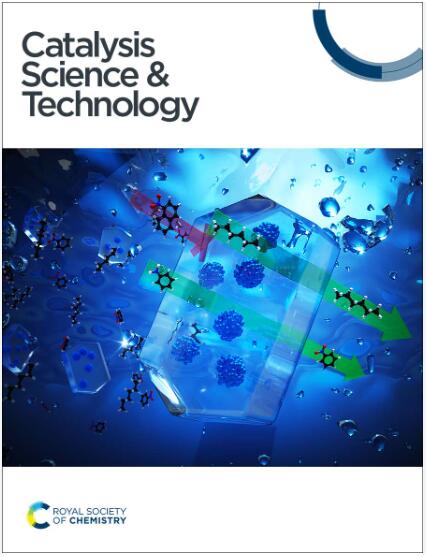Sacrificial template synthesis of a 3D flower-like Sn-doped BiOCl hierarchical structure with enhanced performance for degradation of tetracycline hydrochloride†
IF 4.4
3区 化学
Q2 CHEMISTRY, PHYSICAL
引用次数: 0
Abstract
A three-dimensional (3D) flower-like Sn-doped BiOCl hierarchical structure constructed from nanoparticles has been successfully prepared using SnS2 nanoflowers as sacrificial templates. The morphology and microstructures of the samples were systematically characterized combined with density functional theory (DFT) calculations, and the photocatalytic activity of the samples was investigated by degradation of tetracycline hydrochloride (TCH) under visible light irradiation. The intermediate products generated in the degradation pathway of TCH were studied by liquid chromatography-mass spectrometry technology. The results showed that the 3D flower-like Sn-doped BiOCl exhibits an enhanced performance compared with pure BiOCl, which can be attributed to the increased specific surface area induced by smaller nanoparticles. Meanwhile, Sn-doping promoted the absorption of visible light and separation of photogenerated charge carriers. Further studies showed that the micron-sized Sn-doped BiOCl flower can be much more easily separated from the suspension only by natural sedimentation and re-used. Based on the comprehensive results of DFT calculations, transient photocurrent, electrochemical impedance spectroscopy and free radical capture experiments, a photocatalytic mechanism for the degradation of TCH by the Sn-doped BiOCl photocatalyst was proposed. Our strategy can be extended to the synthesis of many other photocatalysts with hierarchical structures that show high performance for removing antibiotics in wastewater.

求助全文
约1分钟内获得全文
求助全文
来源期刊

Catalysis Science & Technology
CHEMISTRY, PHYSICAL-
CiteScore
8.70
自引率
6.00%
发文量
587
审稿时长
1.5 months
期刊介绍:
A multidisciplinary journal focusing on cutting edge research across all fundamental science and technological aspects of catalysis.
Editor-in-chief: Bert Weckhuysen
Impact factor: 5.0
Time to first decision (peer reviewed only): 31 days
 求助内容:
求助内容: 应助结果提醒方式:
应助结果提醒方式:


